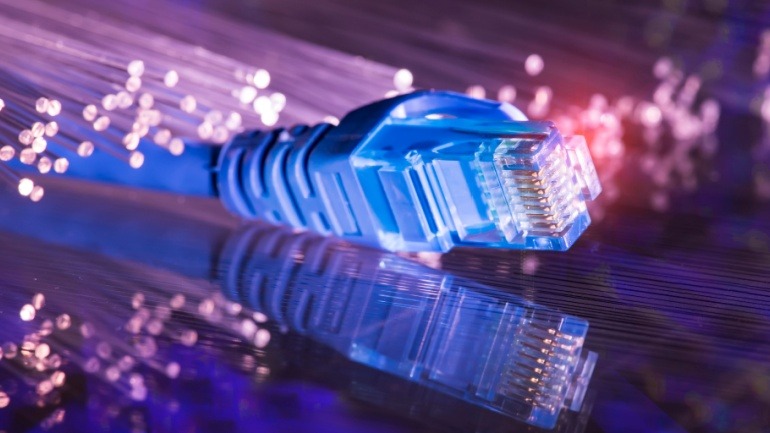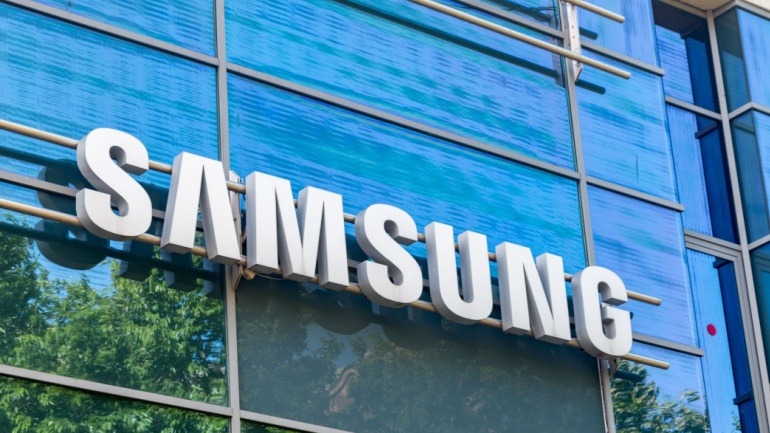Nokia is pushing the envelope in enterprise network infrastructure with its latest release, the Aurelis Optical LAN. This fiber-based solution delivers more secure, scalable connectivity tailored for modern workspaces. Not only does it promise long-lasting reliability and cost efficiency, but it also represents a broader industry trend. Telecommunications and IT infrastructures are shifting towards sustainable and open designs.
The major selling points of the Nokia Aurelis Optical LAN include its significant reduction in cabling and power consumption, with reports of up to 70% less cabling and 40% less power usage compared to traditional copper-based networks. Drawing from a fiber foundation with a lifespan exceeding 50 years, the system cuts the total cost of ownership by up to 50%. This makes it an appealing choice for businesses focused on cost management and sustainability.
“Infrastructure with a 50+ year lifespan ensures readiness for the future without repetitive upgrade costs,” stated Geert Heyninck, general manager of broadband networks at Nokia.
This product launch is timely as more enterprises transition from copper-based to fiber solutions, both intercity and within buildings. As they face increasing demands from real-time video, AI workloads, and high-speed wireless, outdated LAN systems often fall short. Nokia’s Aurelis Optical LAN brings a diverse range of speeds from 1 Gb/s to 25 Gb/s and plans to extend to 50 Gb/s and 100 Gb/s. This helps future-proof networks for high-demand applications like augmented reality (AR) and virtual reality (VR).
Moreover, the Aurelis emphasizes openness and integration, using open APIs to ensure compatibility with existing IT ecosystems. This aligns with the industry’s shift towards software-defined, interoperable networks, moving away from vendor-locked systems.
The technology has already proven its worth in more than 700 locations worldwide, including hotels, hospitals, and universities. FairNetz GmbH in Germany is one such adopter. Daniel Schach, head of OT-infrastructure at FairNetz, lauded the system’s ability to offer reliable, high-performance connectivity while cutting power and cabling requirements.







